For now, the aluminum sector seems divided on the impact that a proposed new ban on Russian aluminum exports by the European Commission may have on the global supply chain. It is an important question, especially as aluminum prices remain locked in a sideways trend. However, price did experience a slight upsurge at the news.
According to a report by Reuters, the ban will be part of the 16th package of sanctions so far against Russia over its invasion of Ukraine. The restriction will likely go into effect starting in February 2025, a month that will mark three years of the war. European Union countries held a meeting regarding the proposal in mid-January.
Prepare for low material availability with weekly, lucrative aluminum insights. Subscribe to MetalMiner’s weekly newsletter.
No Set Details in Place Yet
Additional media reports state that restrictions on aluminum will likely be imposed over a set time period, though the group has yet to finalize the timeline and details. The proposal is still under discussion among member states, and they may make revisions before any formal presentation.
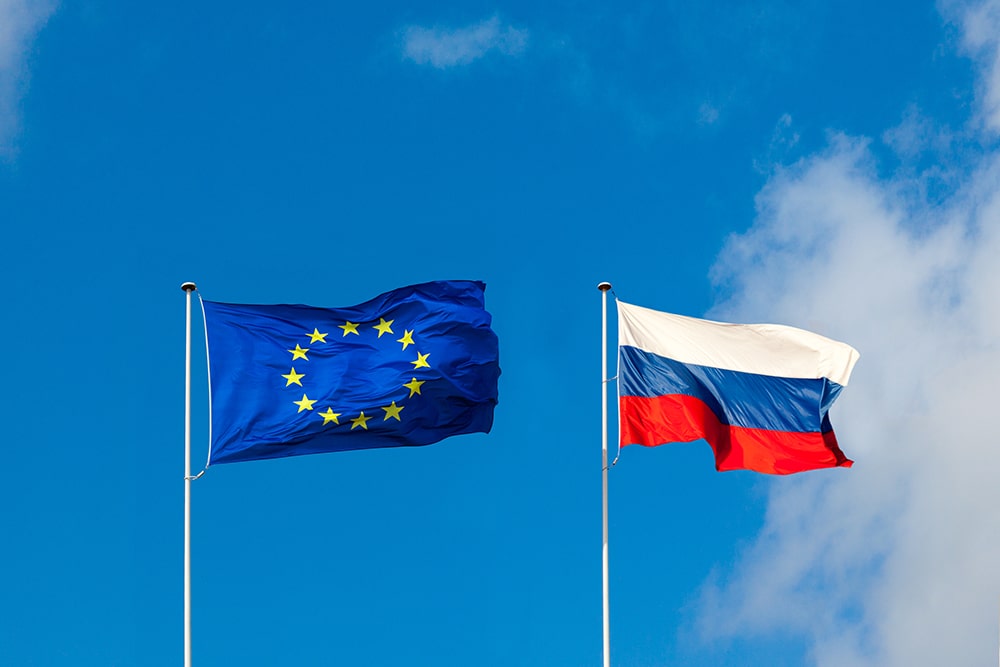
Another Reuters article points out that ten countries are also asking the 27-nation union to halt Russian imports of pipeline gas and liquefied natural gas. The objective of these countries, which includes Denmark, Estonia and Finland, is to ask Europe to further cut the revenue flowing into Russia by increasing the targeting of Russia’s fuel exports.
MetalMiner’s monthly free MMI report gives monthly trends for 10 different metal areas, including copper, stainless and aluminum prices. Sign up here!
The Impact of Sanctions
Aluminum experts and analysts remain divided over the outcome of such a ban, particularly with regard to aluminum prices and availability. An analysis by one ING commodities expert predicts that the impact would be limited, as “sanction-neutral” countries may continue to buy Russian material.
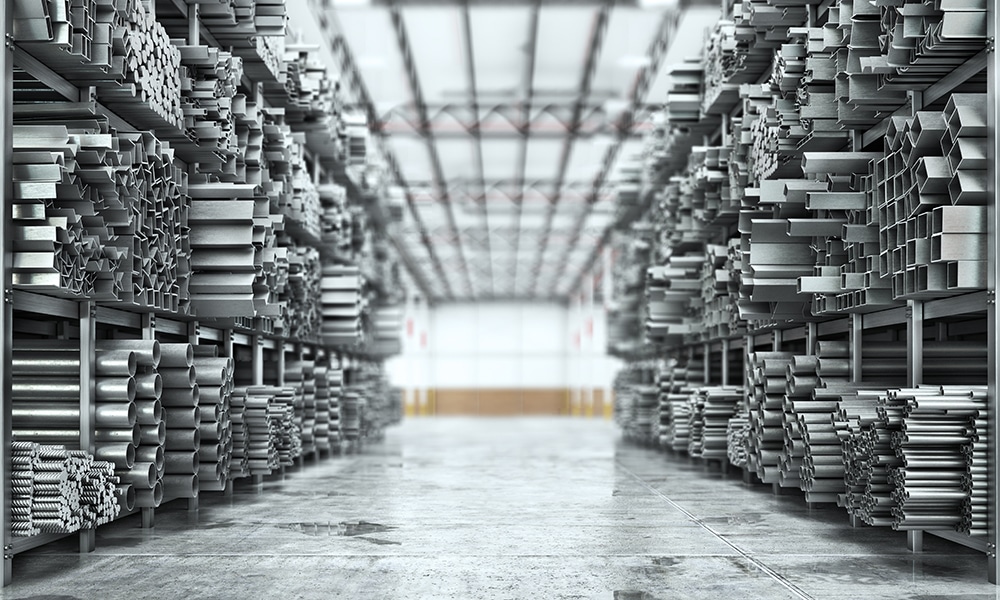
Others feel the implications could be very significant. If Europe has to look for alternative sources of aluminum, demand from other major producers, such as China, Canada and Australia, may rise.
This shift in demand may lead to an increase in global aluminum prices, benefiting those producers not based in Russia. However, the ban may also lead to an oversupply of aluminum in Russia, which could put downward pressure on domestic prices and push Russian producers to look for markets in Asia or other regions.
Not All EU Countries Are Onboard
Another report says recent measures by the U.S. and UK governments have played a key role in shifting the EU’s position on Russian primary aluminum imports. Early last year, both nations made decisive moves that prompted the London Metals Exchange (LME) and the Chicago Metals Exchange (CME) to ban Russian aluminum from their trading systems.
According to this report, the move reflects a broader trend of economic isolation and underscores the increasing influence of international pressure.
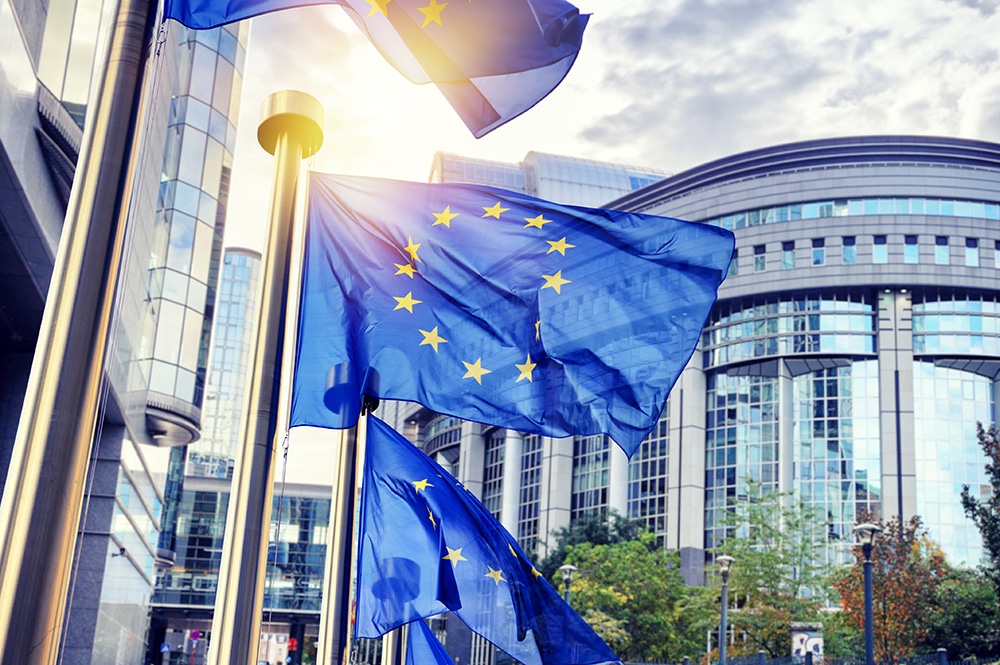
That said, imposing new sanctions is likely to have diminishing economic and political effects on Russia, raising the risk that the EU economy could suffer more than Russia’s. Other experts believe adopting the U.S. and the UK approach would be a serious misstep for the EU. The see sanctioning Russian aluminum as politically and economically counterproductive, as the EU’s supply dynamics differ significantly from those of the U.S. and the UK.
Some Experts Feel the EU May Want to Think Twice
Currently, one-third of the EU’s primary aluminum comes from Russia. Once in the EU, this aluminum could contribute to a high-value-added supply chain that will sustain European jobs and investments. Meanwhile, critical downstream operations, such as foundries and refineries, are spread throughout the continent, particularly in regions heavily reliant on these high-skilled jobs.
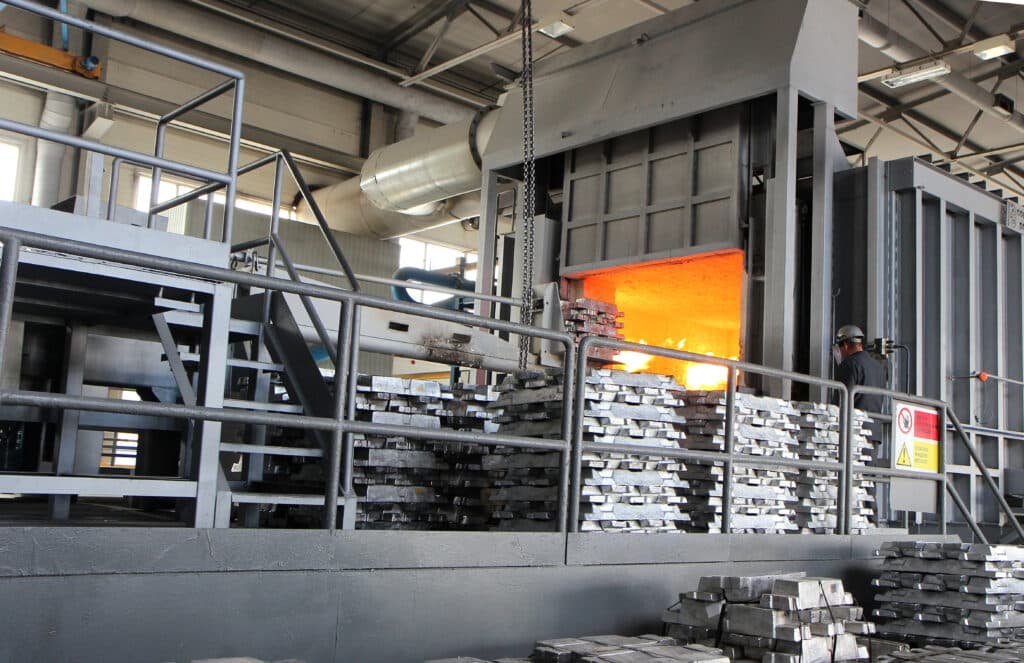
Moreover, processed aluminum products are essential for the EU’s industrial base, especially in France and Italy, where demand remains strong. It is far more beneficial for European supply chains to meet this demand directly than to rely on finished aluminum products from countries like China.
Going against the stream, Hungarian Prime Minister Viktor Orban recently said the EU should stop the sanctions against Russia since the new U.S. President Donald Trump promised to usher in a “new era.”
Aluminum Prices Increased in Reaction to the News
Incidentally, LME aluminum prices hit a nearly one-month high a few days ago, surpassing U.S. $2,600 per ton. The jump came after news broke that the EU was weighing additional sanctions on Russian aluminum products.
Besides the earlier ban on products like aluminum wire rod, foil, tubes and pipes supplied from Russia, a complete aluminum ban is not yet in force in Europe. While the EU still imports Russian aluminum, volumes have decreased significantly over the past two years as European buyers have engaged in self-sanctioning over Russia’s invasion of Ukraine.
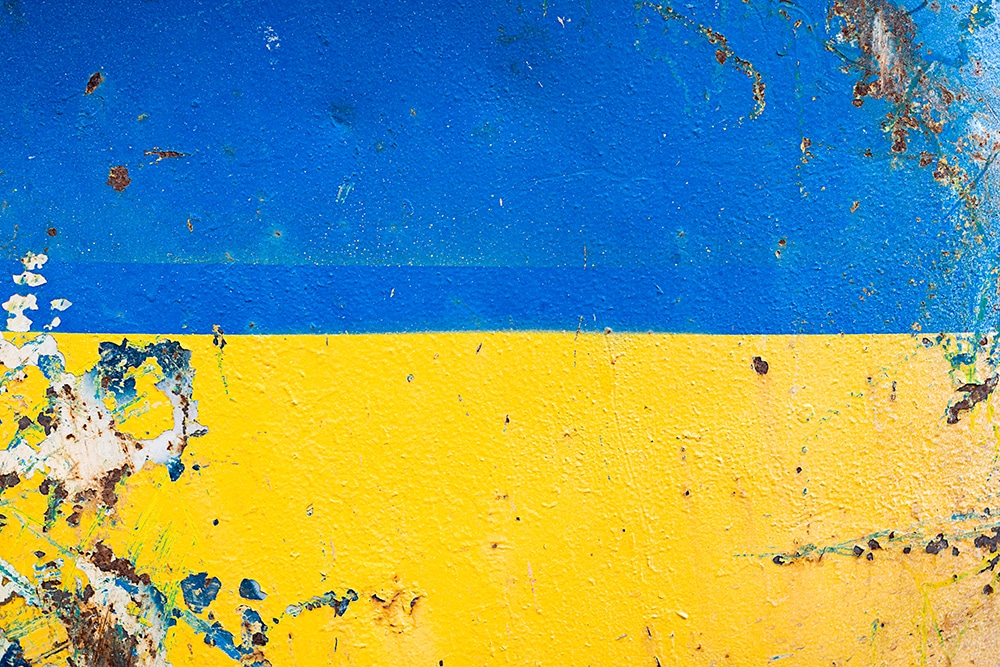
According to the ING analysis, Russian aluminum now represents about 6% of Europe’s primary aluminum imports, down by half compared to 2022 levels. The report states that the shortfall from reduced Russian supplies has been largely offset by increased imports from the Middle East, India and Southeast Asia — a trend many analysts expect to persist.
Meanwhile, the report states that more Russian aluminum has been redirected to China, the world’s largest aluminum consumer. In the first three quarters of 2024, China imported 263,000 tons of primary aluminum from Russia, accounting for 33% of Russia’s aluminum exports last year. Many anticipate that this shift will continue through 2025.
Cut aluminum expenses without compromising quality using the Monthly Metals Outlook report. Start with a free sample report snippet and subscribe for ongoing savings.




